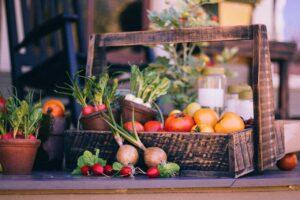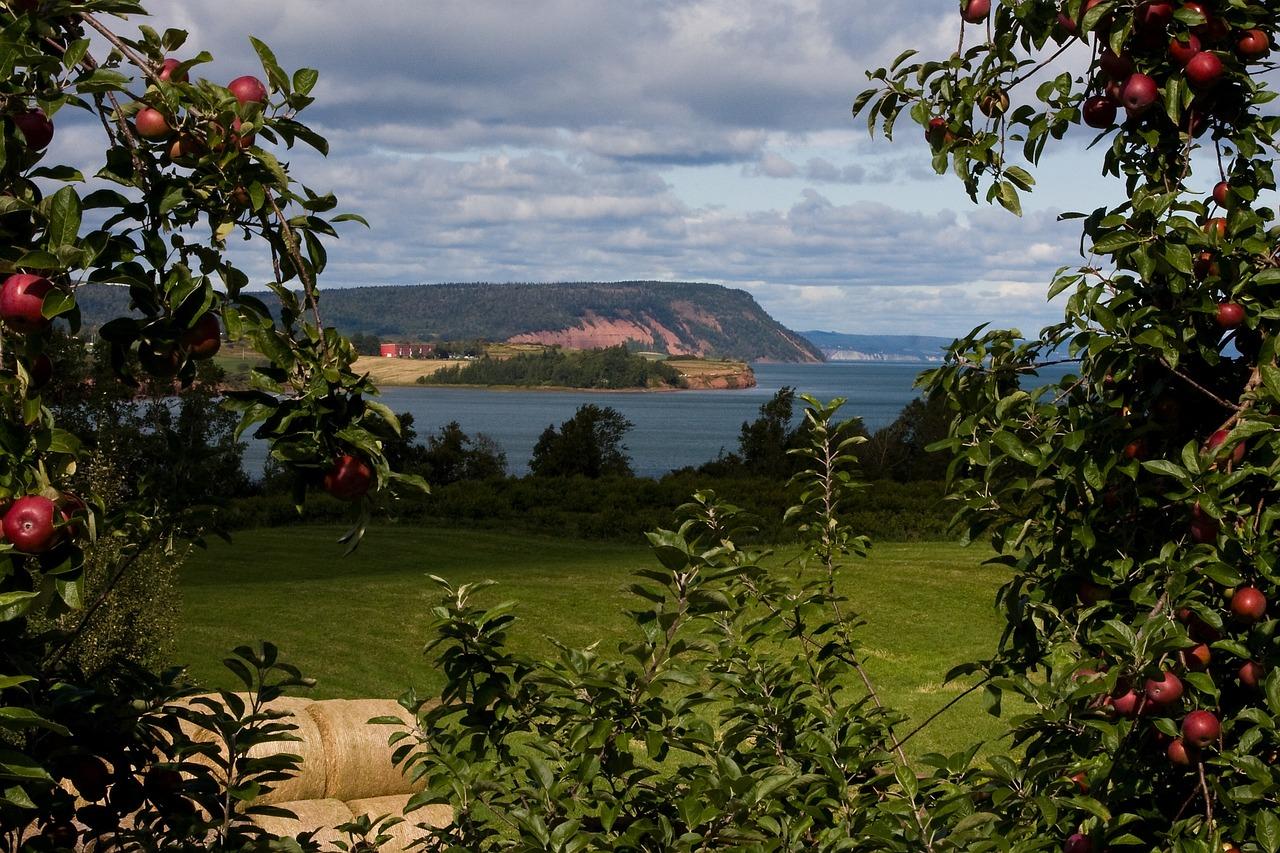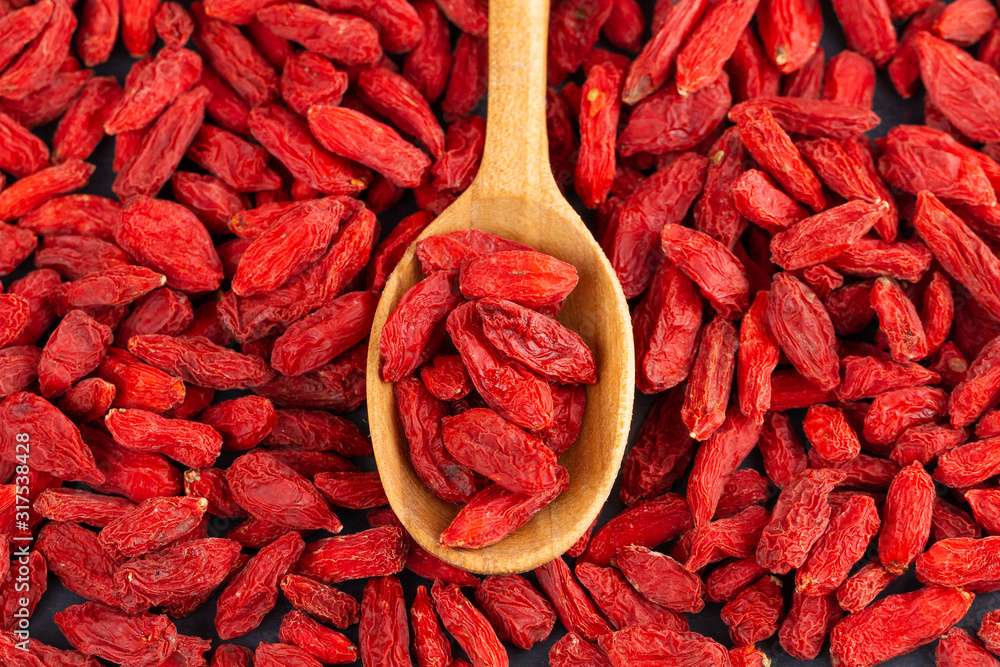Food security has always been a global issue, with millions of people suffering from hunger every day. The traditional approach to food production, which relies on monoculture agriculture and intensive use of fertilizers and pesticides, has proven to be unsustainable and damaging to the environment. As we face the challenges of a growing global population, it is more important than ever to find sustainable ways to produce food. One solution that is gaining popularity is the food forest.
What is a Food Forest?

A food forest is a type of agroforestry system that mimics the structure and function of a natural forest ecosystem. It is a multi-layered, diverse system of edible plants, shrubs, trees, and fungi that are grown together to create a sustainable and self-sufficient food source. The concept was first introduced by the Australian permaculture designer Bill Mollison in the 1970s, and it has since spread around the world.
The Benefits of a Food Forest
Food forests offer numerous benefits over traditional agriculture methods, including:
- Increased Biodiversity: Food forests promote biodiversity by creating a habitat for a variety of plants and animals. This, in turn, helps to support pollinators and other beneficial insects, leading to better plant health and increased crop yields.
- Improved Soil Health: Food forests rely on natural systems of nutrient cycling, which improve soil health and reduce the need for synthetic fertilizers. The deep root systems of trees and shrubs also help to prevent soil erosion and improve water retention.
- Sustainable Food Production: Well-designed forests can provide a sustainable source of food for years to come, without the need for external inputs such as fertilizers or pesticides. Food forests also provide a reliable source of food during times of drought or other environmental challenges.
- Carbon Sequestration: Trees and other plants in a food forest sequester carbon from the atmosphere, helping to mitigate the effects of climate change.
- Reduced Water Use: Food forests are designed to be self-sufficient, with plants arranged in such a way that they can naturally collect and retain water. This reduces the need for irrigation and conserves water resources.
Designing a Food Forest
Designing a food forest requires careful planning and consideration of the site’s climate, topography, and soil type. The following are some key considerations when designing a food forest:
- Site Analysis: A thorough site analysis is necessary to understand the site’s existing conditions, including sun exposure, water availability, and soil type.
- Plant Selection: The right selection of plants is crucial to the success of a forest. Plants should be chosen based on their ability to thrive in the local climate and soil conditions, as well as their ability to provide food, shade, and other benefits.
- Vertical Layering: Forests are designed with multiple layers of plants, arranged in a vertical pattern. This includes a canopy layer of tall trees, an understory layer of smaller trees and shrubs, and ground cover plants.
- Guilds: Plants in a forest are arranged in guilds, which are groups of plants that have mutually beneficial relationships. For example, nitrogen-fixing plants can be planted with fruit trees to provide them with the nutrients they need to grow.
- Maintenance: A forest requires regular maintenance to ensure their long-term success. This includes pruning, weeding, and monitoring for pests and diseases.
Examples of Successful Food Forests
Food forests can be found in a variety of settings, from urban backyards to rural farms. One example is the Beacon Food Forest in Seattle, Washington. This seven-acre site was once a golf course, but has been transformed into a community food forest that provides free food to the local community. The forest includes a variety of fruit trees, berries, herbs, and vegetables, as well as spaces for community gatherings and educational programs.
Another example is the Greening the Desert project in Jordan, which transformed a barren desert landscape into a thriving food forest using permaculture principles. The site now produces a variety of fruits, vegetables, and herbs, as well as eggs and honey from on-site chickens and bees.
Best Food Forests Around the World
- Beacon Food Forest – Seattle, Washington, USA
- Fukuoka Food Forest – Fukuoka, Japan
- The Food Forest – Melbourne, Australia
- Edible Forest Gardens – New Hampshire, USA
- Bosco Verticale – Milan, Italy
- The Community Food Forest at Hazelwood – Pittsburgh, Pennsylvania, USA
- The Tropical Agricultural Research and Higher Education Center – Turrialba, Costa Rica
- Hulme Community Garden Centre – Manchester, UK
- Glengall Wharf Garden – London, UK
- The Agroforestry Research Trust – Devon, UK
Best Foods to Grow in Your Forest
- Fruit trees such as apple, pear, plum, peach, apricot, and cherry
- Nut trees such as hazelnut, chestnut, and walnut
- Berries such as raspberry, blackberry, blueberry, strawberry, and currants
- Vines such as grape, kiwi, and passionfruit
- Root vegetables such as potato, carrot, and radish
- Leafy greens such as lettuce, kale, and spinach
- Herbs such as basil, thyme, and rosemary
- Medicinal plants such as echinacea, lavender, and chamomile
- Mushrooms such as shiitake, oyster, and morels
- Edible flowers such as nasturtium, calendula, and pansy
Many individuals have successfully created forests in their own backyards, providing a sustainable source of food for their families and reducing their environmental impact.
Creating a sustainable food source is one of the most important challenges we face as a global community. Growing forests offers a promising solution that can help to address this challenge, while also promoting biodiversity, improving soil health, and mitigating the effects of climate change. While designing and maintaining a food forest requires careful planning and effort, the benefits are well worth it. By embracing this approach to food production, we can create a more sustainable and equitable future for all.
Keywords: agroforestry, sustainability, biodiversity, soil health, carbon sequestration, water conservation, permaculture, site analysis, plant selection, vertical layering, guilds, maintenance, Beacon, Greening the Desert
Check out FoodieScapes for articles on growing and preparing food.
Check out StoryScapes for articles on creative writing.
Subscribe to our newsletter to get information delivered to your inbox on homesteading, growing food, food preparation, travel, fishing, and more.











